According to You: The Best Starter Classics
Living in most car-centric parts of North America almost guarantees you an ample supply of vehicles for sale, and sometimes those vehicles can be considered classics. Many can be considered a “starter” classic for a budding enthusiast, but my suggested choice didn’t resonate with anyone. Perhaps there are too many cheap Ford Explorers where I live, and not enough vintage trucks/classic cars for the same prices.
But validation from others is not why the According To You series exists. Instead I choose to get the ball rolling, and let the Hagerty Community take it from there. And it clearly was a success, with great suggestions for starter classic vehicles from a variety of backgrounds. So let’s see how you answered the question.
First-Generation Mustang

@gerry: I think the 1st gen Mustang are a great place to start. There are plenty of units available, you can get a car from with a tree growing through the hood to a fully restored example, and everything in between for whatever your ability may be. Every part is readily available, there’s no searching for obscure parts.
@Mustang Kenny: I agree. They made so many that are still out there and many places make parts. And unlike newer cars that go down in value, classic cars go up in value so you get to enjoy your investment hands on.
@hyperv6: First gen Mustangs have been way under priced for years unless it was a Shleby.
@RichyRich: First gen Mustang…
BMW 2002
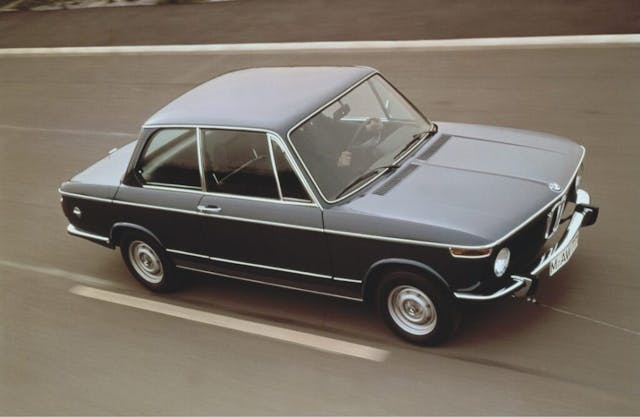
@David: For the first time owner of a classic, I would recommend cars that sold well when new, so there are plenty of examples from which to choose, so you’re not forced into picking something beyond your skills. This also leads to cars that with well-supported parts networks and active owner groups in virtually every part of the country. Mustangs, Camaros, Chevelles, Volkswagens and any number of pickups from Chevy and Ford. Did I follow my own advice?
No. I chose a BMW 2002, which is isn’t a BAD choice, but not the best choice.
@Ken: BMW 2002 is a great choice, IMO. Parts are still readily available and its easy to work on. It has the classic look, and it was my first classic as well.
@Stu: Those are great cars. Plenty of them are in Southern California.
Any(?) Truck With A Good Frame
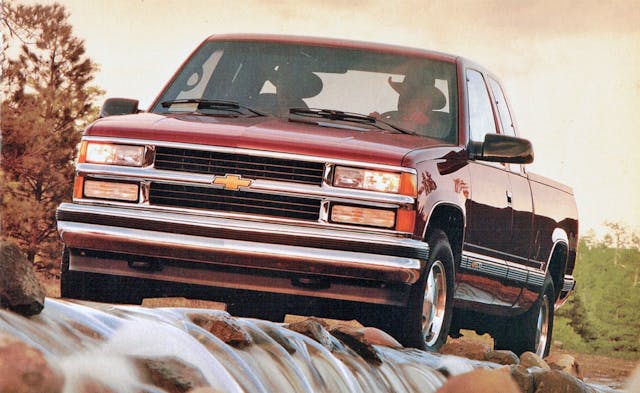
@hyperv6: The one to do is a truck. Ford or more so a Chevy. if you have a good frame you can buy about any needed part to restore one. The engines were made in the millions per year not in total. The best part is a well restored truck can bring a good profit as they are selling well once restored.
Most Camaro, Mustangs and Chevelles are priced out of reach anymore. Rusted shells can go for $10K. Find a basic truck on a farm and restore it, the 1960-1970’s examples are prime right now for restoration parts. The profit made on this can be applied to a better car at the next level.
@snailish: Truck is the entry-level answer all day long. Where I live the 60s trucks (especially GM) are now really pricey and the 70s are starting to catch up. If you can snag a good one at a decent price do it. Hagerty likes the term Radwood for anything 90s, and this is the sweet spot of hobby entry point.
While you still will see the odd GMT400 truck being used as a beater work truck they are declining fast. Prices on pristine ones in sought after specs (454 SS, shortbox 4×4, etc.) are rising but generally not yet out of reach. 90s trucks are a nice blend of modern/archaic. They made millions of them and they are hitting the bottom of depreciation curve. Modern mechanics have worked on them (unless it’s a really new mechanic at a dealership I suppose). They aren’t giant bloated things, yet they exceed most users truck needs for 99% of the things you want to do (if you need a heavy-duty towing rig –buy a 3500).
@Glenn: Any GM truck from 1973-87 (Square Body) or the C/K series from ’88-97. Easy to work on, and parts availability both new and used, is great. I did a mild refresh on a ’92 long bed a few years ago and was amazed at how easy it was to work on.
C5 Corvette
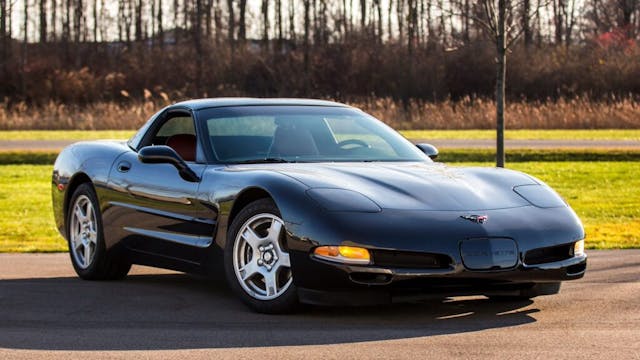
@MeJ: I’ll vote a C5 Corvette. They are reasonably affordable, easy to maintain, mod, and enjoy. I believe these actually will be considered “classic” one day.
@hyperv6: As a owner of a C5 I will agree. They are the performance bargain right now. as a low mile car can still be had cheap. You may never get split window Corvette money for a C5 since there are so many, but if in good condition they will maintain and grow some value as time goes on.
BMW 3 Series
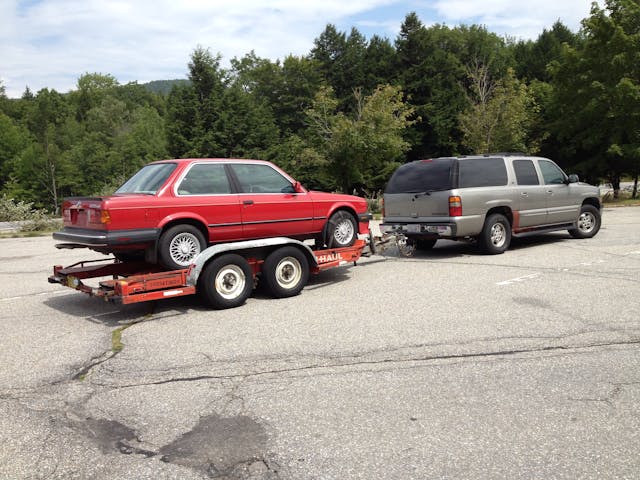
@TG: 3 Series Beemer. You can get them at throw-away car prices, and there are plenty of parts for them. Not the easiest things to work on, but most starter collectors aren’t going to get into serious engine work anyway.
MGB

@MGWrench: I think it depends on the purpose of your starter classic. If you want to start a collection, but you’re not interested in maintaining it, then buy the best example you can afford of the car that excites you the most and enjoy.
If you want to learn how to restore and maintain a classic car, then I would recommend an MGB or MGB-GT. They are simple cars that are still affordable and with care can be reliable drivers, but the rules that must be adhered to are: 1. Make sure you keep oil in the carburetor dampers, and 2. Most carburetor problems are actually ignition, so install an electronic points replacement.
C4 Corvette
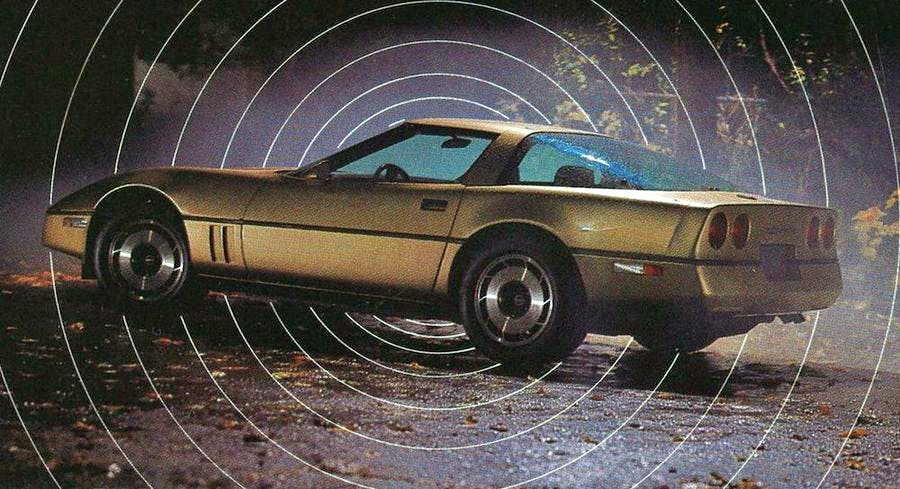
@Vehicle Nanny: If performance is your desire, I recommend a C4 Corvette (1986 or newer). The digital dash is not the nightmare some might think. Even 20 years ago I was able to fix mine for about $50 (and this was before YouTube!).
Tri-Five Chevy
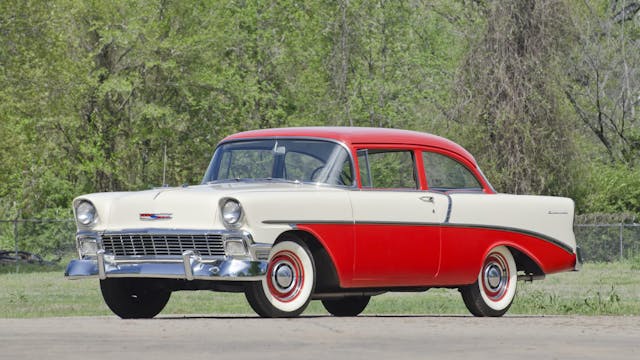
@Bob: I would tell them to start with a Tri-Five Chevrolet, 2 door. All parts are available, so find one that has the least amount of rust (they all have some rust) do not worry about the drivetrain. Do all your own work, the internet is full of advice, IMO.
Volvo 122

@JH: Volvo 122 series hands down! I am thinking of youth, or young adults, and a good starter classic that is durable, financially accessible, easy to work on, enough manufactured to have a good parts supply but still rare enough to seem unique, and a safe and fun car to drive! The Volvo 122 can be restored, modified to rally specifications, or built as a daily driver.
When built to rally specifications, the Volvo cars were a worthy match for many of the other cars of their era. The Volvo 122 is far easier to work on with better parts availability and less expensive to acquire and maintain than many of the vehicles mentioned earlier.
Supercharged GM W-body

@Dave: If you can find one, get a 1997 to 02 Buick Regal GS. It’s a supercharged, 240 HP sleeper with the bulletproof 3.8 V6. I did a quick search and found one in pristine condition, 64k miles, asking price $6,995.
@Sajeev Mehta: Fantastic choice! I’d add all of the Regal’s W-body supercharged brothers from Chevrolet and Pontiac, as they all have great performance with dirt cheap replacement parts.
Volvo 240

@Howard: Volvo 240, especially a later model. Not sexy or quick, but younger people appreciate the cool factor of the quirkiness.
Chevrolet Corvair
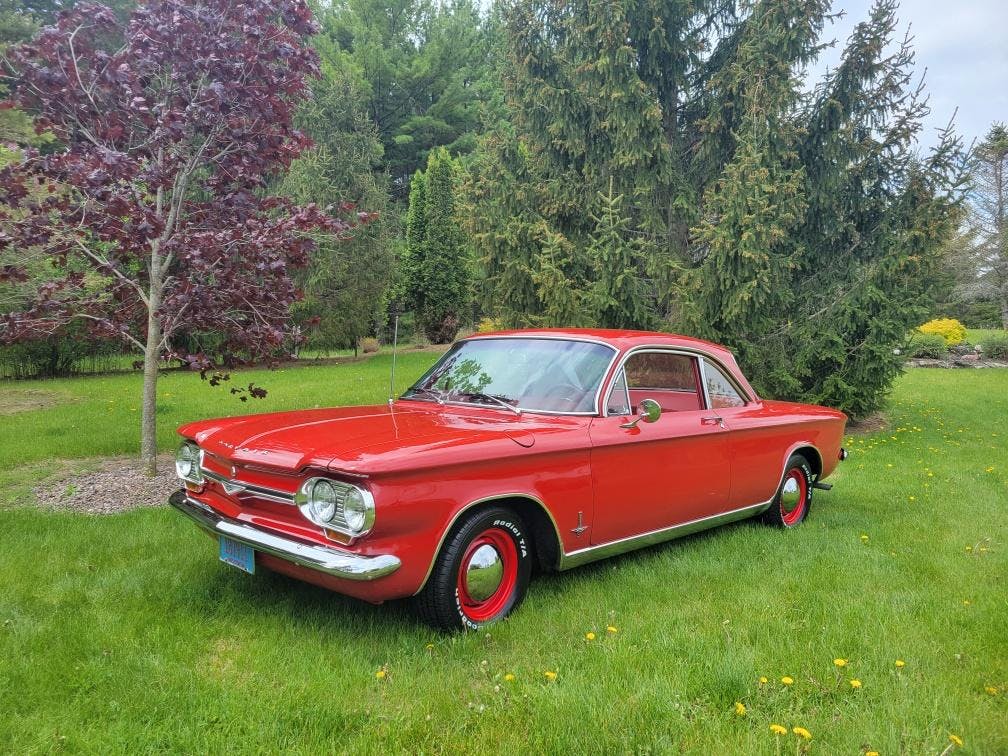
@Paul: If you want something a bit different look at a Corvair. They’re still relatively inexpensive to own and restore. There are Corvairs for every taste. There are cars of all kinds plus trucks if you like. They’re still competitive in vintage racing as well as great cruisers. Parts are fairly easy to source and they’re not too complicated for a beginner. There are tons of info about them as well.
Mercedes-Benz 280 SL
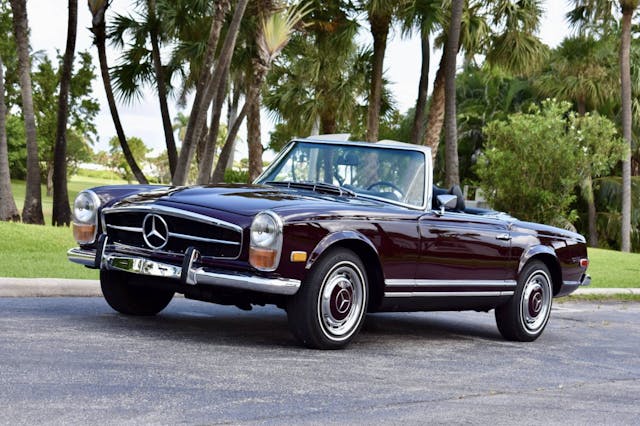
@Ramsey: Mercedes-Benz 280SL! Reliable, respected, readily available support, and almost always the same value when you’re selling as when you’re buying!
Ford Model A
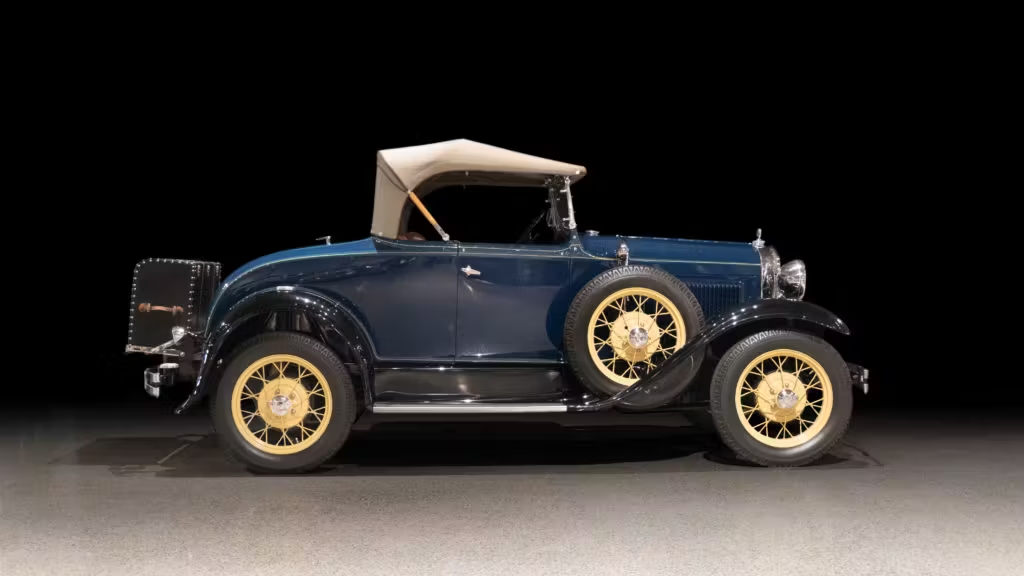
@Jim: I will take a slightly different tack with this question. First, the key words here are “first” and “classic.” In that context, I suggest a first classic should be something designed for the person who is actually entering our world but has little to no experience with either cars or mechanical work in general.
My suggestion is then a bit off the wall: I recommend a Model A Ford, for the following reasons. They are plentiful; Henry literally made millions and a satisfying number are still out there. They are dirt simple. Model As are a wonderful basis for a person to really learn the fundamentals of how cars work. A copy of Martin Stockel’s book on automotive fundamentals and repair (first or second edition is recommended) is an excellent basic handbook for the newbie. A Model A specific book will be invaluable as well. The whole industry that we depend on for maintaining and restoring our classics today was founded on the maintenance, repair and restoration of Henry’s early cars. There is an enormous support for Model A parts and services. The cars themselves are not outrageously expensive, unlike more modern vehicles. Check out a current Hemmings listing for the Model A. Many are available from professionally restored trophy winners down to the bring a trailer category.
I suggest the new person look for a car that has been previously restored, several years ago, and preferably a home shop amateur job. These are amazingly cheap when compared against most other candidates. It will be something that can be repaired fairly easily, is not too expensive, and with simple tools can be repaired or rebuilt easily. By seeking out a previously home brewed restoration, the newbie will get something useful, will be inclined to use it around town and will usually be close to home if some “unscheduled” maintenance is needed. The qualities of simplicity found in the Model A will provide the new person everything needed to learn automotive fundamentals and enjoy a first classic without breaking the bank. Finally, when it is time to sell there will be a ready market for the history and entertainment the Model A represents.
@Septuagenarian Classic Enthusiast: Congratulations are in order, as this is the best answer to the question as stated in the title of the article. I agree completely. Well done Jim!
***
Check out the Hagerty Media homepage so you don’t miss a single story, or better yet, bookmark it. To get our best stories delivered right to your inbox, subscribe to our newsletters.
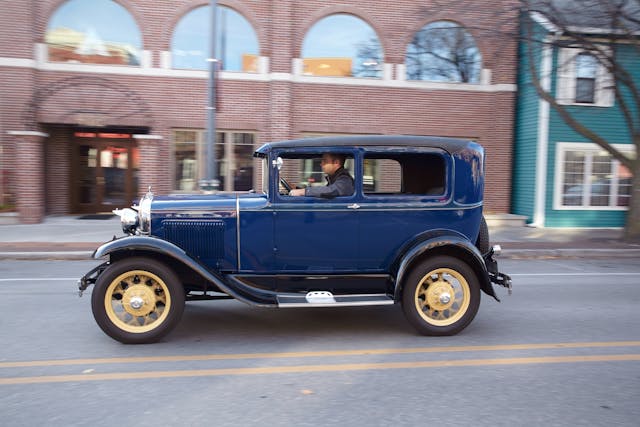
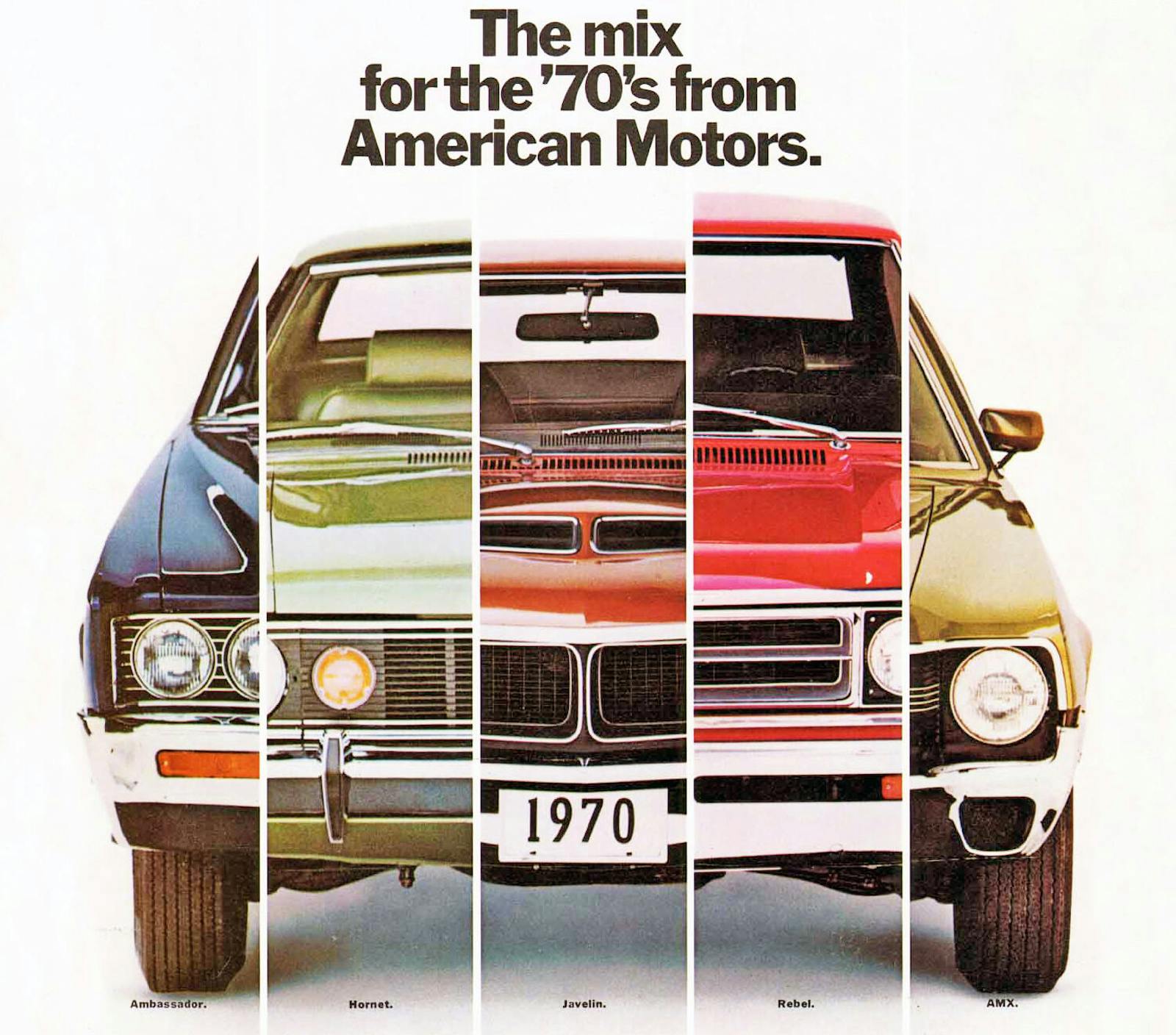

Gotta agree on the supercharged W-platform cars. We loved our 1998 Grand Prix GTP coupe for over 130,000 miles, right up until a drunk driver totaled it. Instant throttle response, great snarling sound under power, and 30 mpg or more at 60 MPH.
You’re all smoking something. I guess I took the article headline wrong, I was expecting starters for young kids wanting their first car/ project and are interested in the older cars. The rest of us older kids can pretty much afford anything we want
I agree. Perhaps maybe the C4….but even then for someone on a budget, the insurance would be high (Hagerty or not)
The Ford LTD Crown Victoria is becomeing a classiccar 2nd Generation Crown Vic the Boxcy sedans comfortable parts are getting hard to find 3rd gen the smoothly rounded body are good daly driver cars you still run into parts avalibilty. 4th gen Crown Vics are readly available at Police car auctions and parts can be had too. I speak from experience as I own a 3rd gen CV.
A 280SL as a great beginner car? How many beginners can afford one of them at a value of over $80K? Likewise the BMW 2002. The BMW 3 Series is not a bad choice, but the E21 that was made from 1978 through 1983 is a less expensive and far more simple & home mechanic friendly choice than the E30.
The NA Miata is also an excellent choice for a young enthusiast.
The C5 in my garage was my ticket into the car community. Just a base ’02 targa top coupe, but I still smile every time I’m shifting thru the 6 gears.
Some of these are great suggestions, a few rather bad for a beginner. Tri-Five Chevy? Sure, lots of parts support, but go out and buy one! You might find a decent deal on a four door, and the better deal will be the similar Pontiac/Buick/Olds versions… but trim and some other parts will be harder to find for those if missing or in bad shape — but mechanical parts, most glass, and some sheet metal will interchange.
It’s pretty obvious that some just suggested their favorites. I’d suggest a Rambler or AMC. Not because plenty parts are available, but because they can be comparatively cheap to initially purchase, but that is offset by the cost of restoring, and the fact that they will probably never be worth what you have in them — so “enjoy the cost out”. That later Concords and Spirits are the cheapest, and parts aren’t terribly hard to find once you “find” the 3-4 AMC specialty dealers. I wouldn’t try to 100% restore one myself unless it was purchased in pristine condition. A rougher example I’d lean toward a resto-mod or just “fix it up” and enjoy driving, modifying where you can to keep it on the road — just do it safely!
The best two suggestions are the Model A and Mustang/Camaro. Plenty parts sources for both, and the cost of Model As have been coming down as they aren’t as popular as they were in the 60s and 70s. They are just a bit too old for many people, but still capable of being driven on the road today. The pony cars and many 60s and 70s compacts (like Chevy II, Nova, Falcon) have lots of support and would be great choices. The Corvair is a bit unique and probably more expensive than one of the more conventional 60s compacts.
Volvo is a good choice for the foreign models, but I’d shy away from a BMW. Mercedes isn’t as expensive as one would think — I have a friend with a 380. That is parts aren’t that expensive. If you have to hire a mechanic they can get costly!
Stay away from GM W bodies. I work in parts in a gm dealer. I know better
A choice like this does not usually come down to practicalities, it’s what grabs you. Having said that, you could not go far wrong with a decent Citroen 2CV. Easy parts, fun to drive, pretty good handling and a crowd pleaser. Not too hard to work on either,
I own 1920’s antiques, 1960’s and 70’s muscle cars and a couple late 70’s 4×4 trucks but it all started with my Model A Fords. I have to agree with those that have commented before me, that the Model A Ford is, if not the best, starter classic available. A person doesn’t even really need a shop to work on them. Parts are readily available if someone should want to stick with original or hot rod it. And one of the greatest things is the attention they bring from the seniors to the teenager. My muscle cars get some attention but my Model A’s (restored back to original) get all the attention. I’ve been photographed more in my model A than anything else I own. And of course they all want to hear the horn!
To the gentleman that didn’t like the term, classic, as it was used here, I consider my 69 Bronco resto mod a classic. Try to find one of the 66 to 77s in decent shape that doesn’t require a mortgage to purchase; even a total rust bucket are demanding outrages prices.
I am 73. I bought a 280SL in 1979 and a 230SL in 1983. I respectfully disagree, given the prices on these now, that they are a legitimate “starter” entry into classic cars. A good one is at or just below six figures now.
I started with a 125cc 1971 Vespa Primavera, then moved onto a 1970 Fiat 500, then a 1968 Fiat 850 coupe. I don’t think you can find an easier progression for a beginner than 1 cylinder air-cooled 2-stroke, 2-cylinder air-cooled 4-stroke, 4-cylinder water-cooled 4-stroke. All under 1000cc.
Of course, if you want to go fast or be safe…
08 Dodge Challenger’s are a thing of beauty and the limited production run make them destined to be a classic. The performance numbers don’t hurt either.